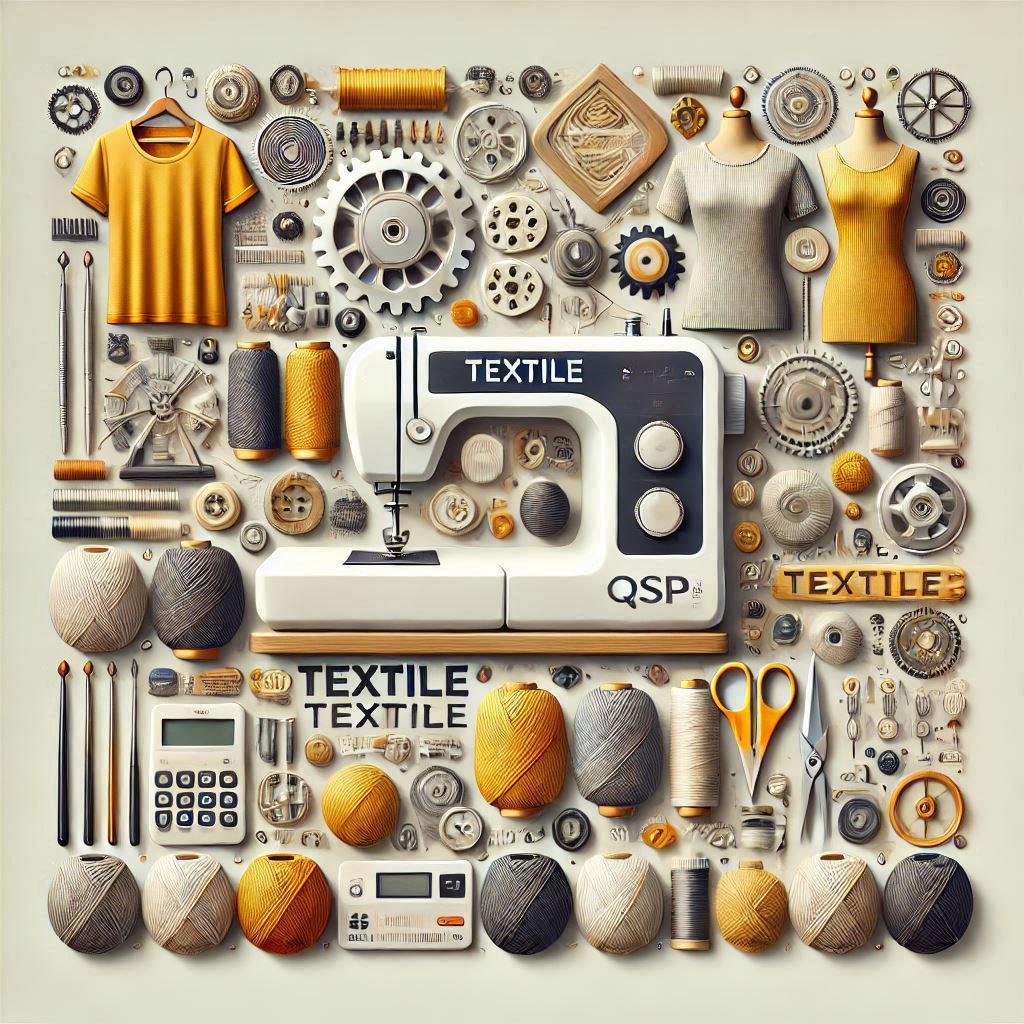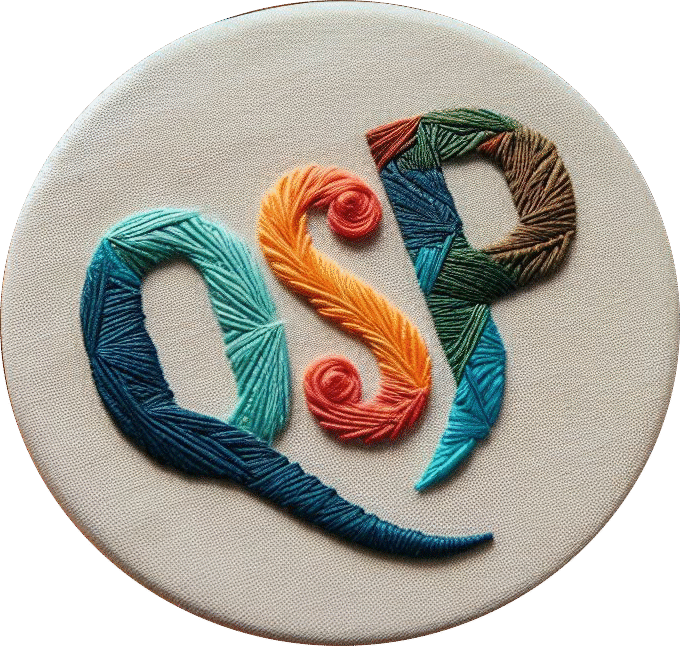When selecting a technical fabric for high-performance applications — whether for industrial workwear, uniforms, or protective clothing — durability becomes a top priority. But what truly determines how long a fabric will withstand wear and stress? Beyond the type of fibre, the key lies in the method of fabric construction.
At QSP Textile, we specialise in developing durable fabrics tailored to the specific needs of our clients. In this article, we explore the most common fabric constructions and highlight which options offer the best resistance in demanding environments.
Woven Fabrics: The Most Durable Construction Method
Of all construction methods, woven fabrics are widely acknowledged as the most durable. This technique involves interlacing warp and weft yarns to produce a compact, tightly bound fabric structure. The result is a textile with exceptional resistance to tearing, abrasion, and long-term wear.
Among woven constructions, twill weave stands out thanks to its diagonal rib pattern. This design enhances flexibility while maintaining strong mechanical stability, making it ideal for workwear, cargo trousers, and other technical garments. Similarly, canvas weaves provide excellent durability and structural integrity for long-term use. In high-stress environments, ripstop woven fabrics are the preferred option, incorporating thicker reinforcement threads at intervals to prevent small tears from spreading.
If you’re looking for the most long-lasting and resistant fabric, woven fabric construction is your best ally.
Knitted Fabrics: Stretch and Comfort with Lower Durability
Knitted fabrics are valued for their softness, stretch, and breathability, making them well-suited to sportswear, loungewear, and casual apparel. However, their looped construction creates a more open and elastic surface that is generally less durable and more susceptible to distortion or pilling over time.
That said, some advanced technical knits — including warp knits and interlock fabrics — offer greater stability. When combined with polyester or nylon fibres, they can deliver improved resistance while retaining comfort. Still, for garments where durability is key, knitted constructions fall short compared to woven alternatives.
Non-Woven Fabrics: Specialised but Less Durable
Non-woven fabrics are produced by bonding fibres together using thermal, mechanical, or chemical processes. They are commonly used in disposable protective items, filtration systems, and industrial insulation. While not typically known for long-term durability, engineered non-wovens can provide good resistance to chemicals, moisture, and punctures — but their lack of mechanical strength makes them less suitable for workwear or garments subjected to repeated stress.
Final Verdict: Woven Fabrics Deliver Superior Durability
For anyone developing industrial uniforms, protective workwear, or technical garments that must perform under pressure, woven fabric construction remains the most reliable and durable choice. Options like twill, canvas, and ripstop deliver unmatched strength, shape retention, and resistance to wear over time.
At QSP Textile, we go beyond fabric — we provide textile solutions designed to last. Whether you’re building a new collection or upgrading existing garments, our team will guide you towards the best construction method for your specific application.
📩 Interested in the most durable fabric for your products?
Get in touch with our team at QSP Textile. Whether you need fabric samples, technical advice, or a custom development, we’re here to help.📧 Drop us an email at info@qsptextile.com or 📱 send us a message on WhatsApp at +880 123 456 7890.
Let’s build something that lasts — together.


Deja una respuesta